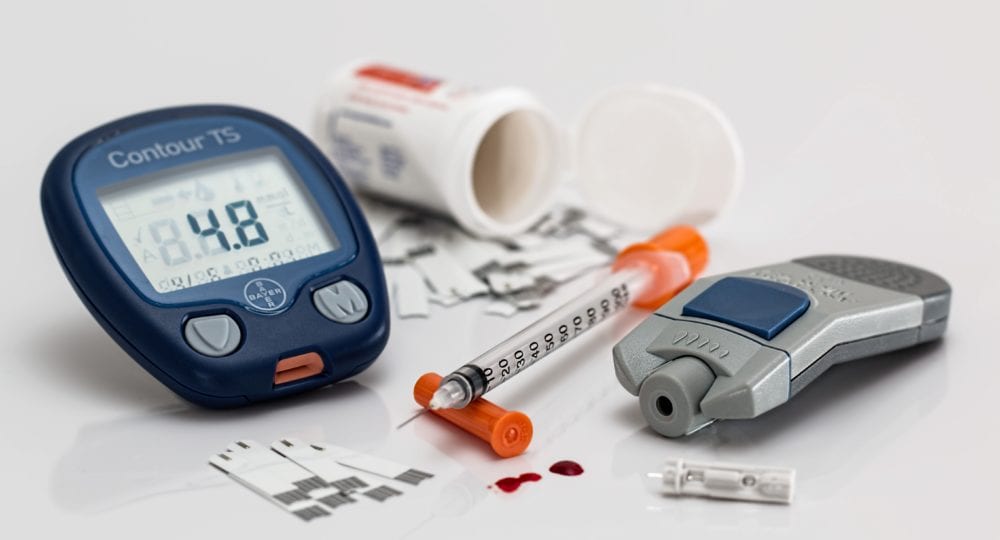Did you know 1 in 3 people have prediabetes? What if you had pre-diabetes and didn’t even know it? Take a couple minutes to complete this risk quiz to determine your personal risk for developing diabetes and what actions you can take to lessen your risk.
What is prediabetes?
Prediabetes is when a person’s blood sugar is elevated but not high enough for a type 2 diabetes diagnosis. If you have prediabetes and do not seek treatment it may progress into type 2 diabetes. It is important to learn more about your diabetes risk. If you have prediabetes it can more than likely be reversed. Identifying a National Diabetes Prevention Program near your home is the first step to prevent a type 2 diabetes diagnosis. Find a program by clicking here and visit the “find a program” section of the webpage to complete a zip code search for programs near your location.
Tips to reduce your diabetes risk:
Some lifestyle tips that can make a difference right away include:
- Maintaining a healthy weight. Losing approximately 5-7 % of your body weight can lessen your risk for developing type 2 diabetes.
- Choose healthier food choices. Select foods that are not fried (i.e. baked, grilled, broiled, roasted, etc).
- Increase physical activity. A minimum of 2.5 hours of moderate activity per week is recommended.
- Quit smoking.
What is the difference between Type 1 and Type 2 diabetes:
- Type 1 – your body produces little or no insulin. Type 1 occurs mostly in children or young adults. Type 1 requires insulin shots or an insulin pump.
- Type 2 – 90-95% of all diabetes cases are Type 2. Type 2 means your body cannot use all of the insulin it makes and eventually doesn’t make enough insulin. Typically occurs in people who are overweight, have a family history, middle aged to older adults, low activity levels. Treatment for type 2 diabetes can include medication or insulin shots and sometimes people can manage it through lifestyle changes.
Diabetes can increase your risk for heart attack, stroke, kidney failure, blindness and in some cases can lead to amputation of toes, feet or legs.
What are the symptoms of diabetes?
There may be no symptoms at all but some people experience blurred vision, excessive thirst, tiredness or frequent urination.
How is diabetes diagnosed?
Through a simple blood test that your doctor can order. Talk to your physician about being screened for diabetes. It could save your life!
For additional information about diabetes, visit the following websites:





